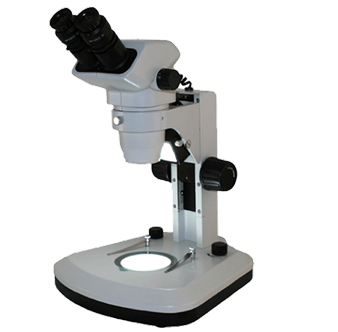Dissection Microscopes: Single/Dual Magnification
These student dissection microscopes provide single or dual magnification, meaning they have one or two set magnifications. The most common magnification used for student dissection microscopes is typically 10x and 30x.
Discovering the World with Dissection Microscopes
What are Dissection Microscopes?
Dissection microscopes, also known as stereo microscopes, are specialized optical instruments designed to provide a three-dimensional view of specimens at low to medium magnifications. These microscopes are indispensable tools for a range of scientific disciplines, particularly in biology and geology, where detailed examination of larger samples is crucial.
What are Dissecting Microscopes Used For?
Dissection microscopes are employed in a variety of scientific endeavors:
1. Biology Studies: They are extensively used for the examination of biological specimens such as plants, insects, small animals, and tissues. Their ability to provide a three-dimensional view aids in detailed dissection and observation.
2. Geology and Mineralogy: In the field of geology, dissecting microscopes are invaluable for studying rocks, minerals, and fossils. Their capacity to deliver a clear, detailed view of geological features is essential for classification and analysis.
3. Archaeology and Forensics: They play a crucial role in analyzing artifacts, fossils, and evidence in forensic investigations. The ability to observe minute details aids in accurate interpretation and documentation.
4. Medical and Veterinary Sciences: Dissection microscopes find applications in medical and veterinary labs for tasks like surgical procedures, pathology, and anatomical studies. Their depth perception is particularly advantageous in these fields.
Advantages and Disadvantages Compared to Compound Microscopes
Advantages:
1. Depth Perception: Dissection microscopes provide a three-dimensional view, allowing for precise manipulation and dissection of specimens. This is a significant advantage over compound microscopes, which offer a flat, two-dimensional view.
2. Lower Magnification: They are designed for lower to medium magnifications, making them ideal for observing larger samples in detail without sacrificing clarity.
3. Long Working Distance: Dissecting scopes have a longer working distance, providing ample space between the specimen and the objective lens. This is particularly useful when working with delicate or bulky samples.
Disadvantages:
1. Limited Magnification Range: Unlike compound microscopes, dissecting microscopes are not suitable for high-magnification work, limiting their applicability in certain fields.
2. Cost: They tend to be pricier than basic compound microscopes due to their specialized design and features.
How Do Dissecting Microscopes Work?
Dissection microscopes employ a unique optical system that combines two separate optical paths to create a three-dimensional view. This is achieved through a pair of objective lenses, each providing a slightly different perspective of the specimen. These perspectives are then merged, resulting in the perception of depth.
Furthermore, dissection microscopes are equipped with adjustable illuminators to provide even lighting on the specimen. This ensures optimal visibility during dissection or observation.

No eyepieces required
Visual Inspection Systems
These systems are perfect for quality control areas where a number of parts need examination throughout the day.
Shop Now
Same day response
Request a Quote
We build custom solutions tailored to fit your microscope needs. We respond to quote requests the same business day.
Submit Request



